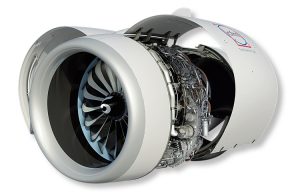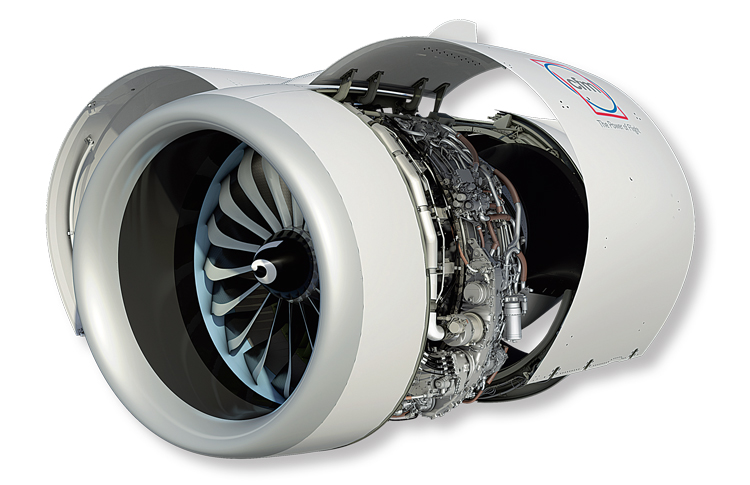To maintain their leading position in the field of aviation power in the 21st century, aero-engine companies around the world are seeking new ways to improve the performance of military and civil engines and maintain their competitiveness. Half of that will depend on material improvements, including low-temperature polymer composites and high-temperature ceramics; the other half relies on improving design guidelines, methods, and procedures.
As the key to the improvement of military engine materials is to rely on high-temperature ceramic materials, the military engine will be the primary verifier of ceramic technology. Why is it necessary to use chemical zirconia ceramics? The operating temperature of the existing engine is already very high, and the only way to increase the temperature again is through the fine design of the cooling air circuit or the increase of cooling air volume.

However, the effects of these methods follow the law of diminishing, and only by improving the working temperature of the material can the maximum effect be achieved. Because raising the operating temperature can improve working efficiency, reduce fuel consumption and obtain the maximum thrust, using the saved high-pressure air for cooling for circulation can also improve the thrust and efficiency. Another option is to reduce weight by choosing materials with greater specific strength and greater stiffness. At present, only ceramic materials have the potential in this respect.
The application of ceramics to aero-engines will be developed with new materials and manufacturing methods. Considering the brittleness of ceramic materials and the lack of design and use experience, the process will be very long, no less than 15-20 years of metal materials. The applications of chemical zirconia ceramics in aviation are as follows.
Chemical zirconia ceramics have high-temperature resistance, low density, good oxidation resistance, corrosion resistance and wear resistance. In the case of the cooling, the working temperature of chemical zirconia ceramics can reach 1600 ℃, the density is only 40% of that in the high-temperature alloy, and the same volume of parts can reduce the weight by about 60%, which can greatly reduce the centrifugal load of the high-speed rotor. The use of ceramics also simplifies the chemical zirconia by reducing or eliminating the cooling system, making the engine compact.
The increasing turbine inlet temperature is the key to improving the thrust-to-weight ratio of the aero-engine and reducing fuel consumption. Sages for example, when the ratio is 10 level, the temperature of the engine turbine can reach above 1500 ℃, while the use temperature of high-temperature alloys and intermetallic compounds highest is less than 1200 ℃. Therefore, the research of high-temperature chemical zirconia ceramics and their ceramic matrix composites becomes one of the key technologies for high thrust-weight ratio aero-engines.
Radar remains one of the most reliable means of detecting military targets in future wars. The essence of stealth technology is to reduce the target’s RCS(Radar Cross-Section), that is, to select materials with good radar wave absorption to reduce its RCS.
Absorbing materials can be divided into coating type and structure type according to process and bearing capacity. The former has a poor bearing capacity and low strength, while the latter is a new functional composite chemical zirconia material, which has the characteristics of absorbing waves and can be directly used as the chemical zirconia material for aircraft.
We use the excellent mechanical and physical properties of chemical zirconia ceramics to carry out the research on absorbing materials, which can not only enhance the national defense force but also is an important aspect of expanding the application of chemical zirconia ceramics. Some new nano absorbents and their composites are being applied in this field, such as nano Silicon Carbide (SiC), nano nitride, carbon nanotube (CNT), and other nanocomposites.
Please visit http://www.samaterials.com for more information.
